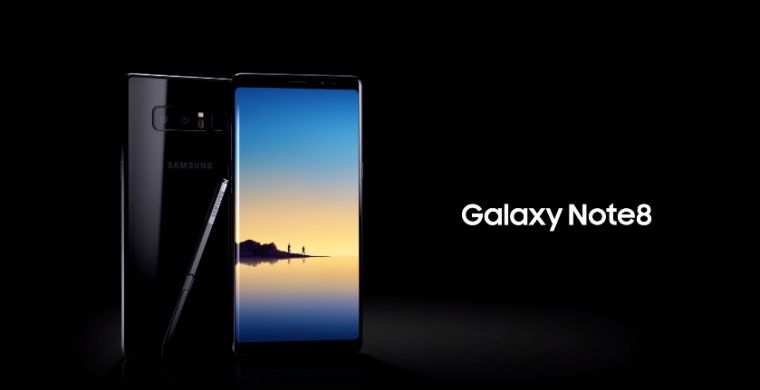Samsung Galaxy Note 8 vs iPhone 7 Plus specs, features review: Which device has better depth of field, processor speed?

Tech analysts have compared the iPhone 7 Plus to the newly-launched Samsung Galaxy Note 8. Though both devices have a dual-lens camera setup, there are still many differentiators between the two devices. So, who will be named the real winner?
Both the Galaxy Note 8 and iPhone 7 Plus have dual-camera setup, comprised of a standard lens and a special telephoto lens to deliver impressive depth of field effects. The bokeh or blur effect in the photo is analyzed to know if the telephoto lens in a dual-camera setup works well.
The iPhone 7 Plus and Galaxy Note 8 have their own special features to gauge depth of field, which are the Portrait Mode and Live Focus, respectively.
Some of the similarities of the Galaxy Note 8 and iPhone 7 Plus in terms of camera specs are the dual 12-megapixel sensors with 2x optical zoom and optical image stabilization (OIS) on the main shooter.
When it comes to the size of dual pixel sensors, the Note 8 has the larger ones with 1.4 μm versus iPhone 7 Plus' 1.2μm. The apertures of the Note 8 are also faster, meaning that its dual cameras will yield images with less noise due to more lights permitted to reach the sensor. The Note 8's main camera aperture is f/1.7 versus iPhone 7 Plus' f/1.8, while the telephoto lens aperture of Note 8 is f/2.4 compared to iPhone 7 Plus' f/2.8.
However, MacWorld also considered that highly efficient software features can compensate for whatever the cameras are lacking. The publication held an actual photo capturing test for the Galaxy Note 8 and iPhone 7 Plus. For starters, the Portrait Mode of iPhone 7 Plus is easier to use compared to the Live Focus of Galaxy Note 8.
Ready to party like it's 4th of July?
Here's a great tip for taking photos with iPhone 7 Plus. pic.twitter.com/jV5a0E4nS1
— Apple Support (@AppleSupport) June 30, 2017
The Samsung Galaxy Note 8's dual-camera setup failed to capture small details of the test picture, particularly the hair strands. Although, the iPhone 7 Plus also struggled with the edge detection on the hair.
The iPhone 7 Plus camera's downside would be its tendency to add blur to every other detail in the picture, apart from the locked subject. Even the objects in the same plane of focus as the subject were also blurred, thus losing more details of the whole picture.
To summarize the picture test, it appears that the Samsung Galaxy Note 8's dual-camera setup is the winner by a slight margin over the iPhone 7 Plus. The Note 8 was able to get a better representation of the depth of field by adding blur or bokeh in a gradient fashion, unlike the iPhone 7 Plus.
Nevertheless, there is still room for improvement for both devices, and with the upcoming iPhone 8, Apple might be able to bring its depth of field mode closer to perfection.
Shifting away from the dual-camera system, BGR analyzed the Galaxy Note 8 and iPhone 7 Plus in terms of processor speed.
A series of tests were performed to determine which handset functions with higher speed. The first stage was to open a series of apps, then the next stage was to reload these apps from memory. The first device to complete these stages would be declared the winner.
If one would make an educated guess, the winner would be the device with the larger random-access memory (RAM). Out of the two contenders, the Galaxy Note 8 has an extra RAM boost compared to the iPhone 7 Plus.
However, based on the performed series of tests, the Note 8 actually trailed behind the iPhone 7 Plus. This suggests that Apple's current hardware and software enhancements are still more superior than the Android-powered phablet.
To note, the Galaxy Note 8 was able to get higher scores in benchmark tests, although Samsung has more work to do for them to completely outclass their archrival's iPhone series.
With the big iPhone 8 reveal just around the corner, the South Korean electronics giant may even need to double the effort.











